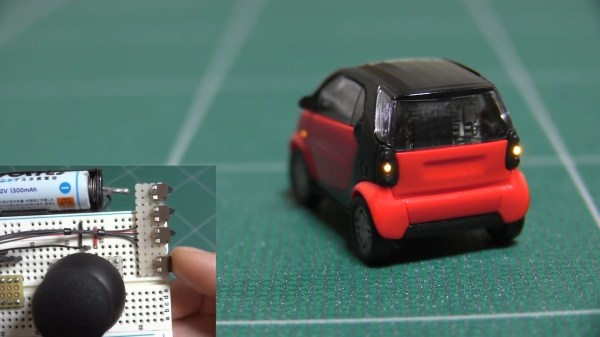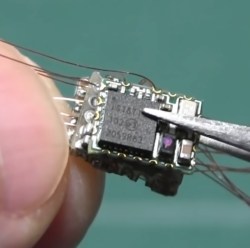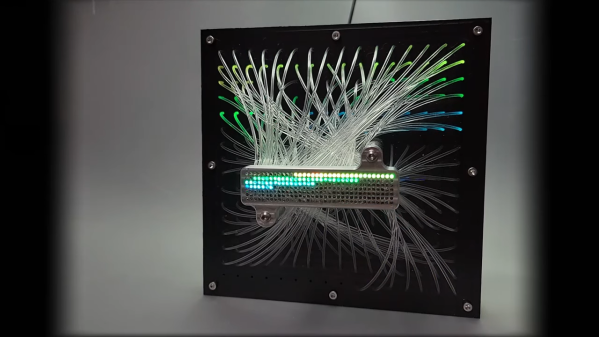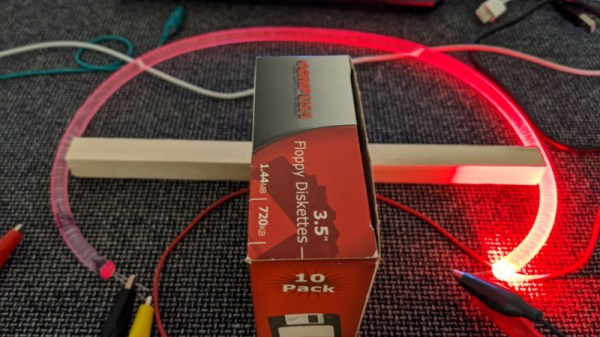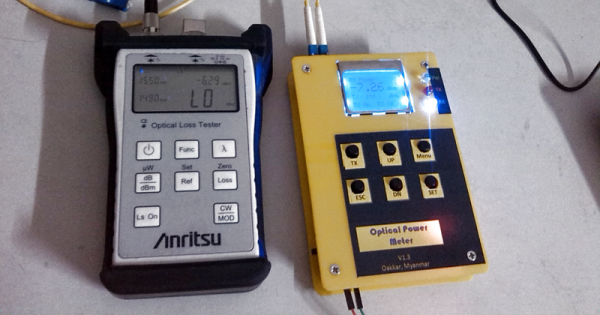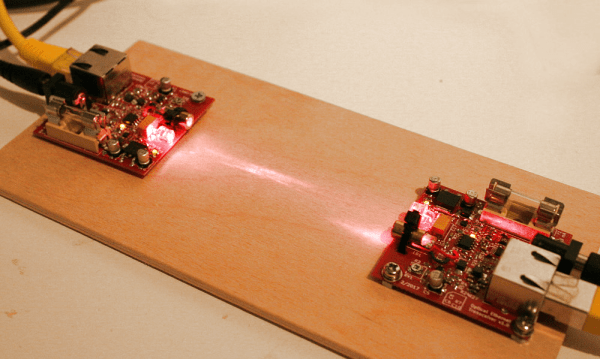These days, if you wire your house with anything less than gigabit, you might end up throttling your Internet connection. If you wired things up using two pairs per device back in 100BASE-T days, however, you’ll want to redo your cabling before you buy new switches. Now, some of us are already starting to equip ourselves with 2.5G hardware — which may require new cabling once again. Would you like to opt out of the Ethernet cabling upgrade rat race, at least for a while? Do like [Stefan Schüller] did, and use fiber optics for your home networking needs!
[Stefan] walks you through everything you’d need to know if you ever choose to look into fiber for your networking needs, and explains the design decisions he’s made — from splicing fiber optics himself, to building a PC to do routing instead of getting a hardware Small Form-factor Pluggable (SFP) equipped router. He also describes pitfalls, like SFP modules requiring reconfiguration to work with different router brands, and having to buy a fiber splicer with an eye-watering pricetag.
In the end, he shows a cost breakdown, and says he’s quite happy with the upgrade. While the costs might seem prohibitive compared to running Ethernet, upgrading to fiber will have your equipment function at top speed whenever you need it – who knows, perhaps in a few years time, 2.5G will no longer suffice for new advancements in home technology needs, and we’ll see more SFP modules in hackers’ hands. After all, modern TVs already use fiber optics for video data transfer.
Continue reading “Say No To Obsolescence, Wire Up Your House With Fiber”

![Infrastructure diagram of [Stefan]'s network at the end of his fiber optics journey](https://hackaday.com/wp-content/uploads/2022/10/hadimg_homefiber_feat.png?w=600&h=450)
